Bamboo: What is it?
Bamboo is part of the grass family but unlike other members of the grass family it rarely seeds or produces flowers. The seeds themselves are difficult to germinate and produce plants therefore the biggest threat comes from the development of the rhizomes.
Bamboo has developed a reputation for being invasive and can be particularly difficult to bring under control when used as an ornamental feature.
Looking at the types of bamboo planted in the UK the plant can be split into two general categories: running and clumping. It should be noted that most bamboo planted in the UK are of the running species.


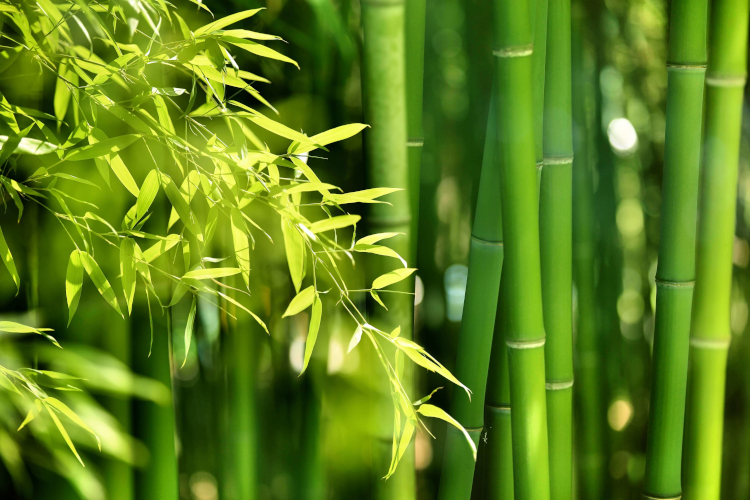
Clumping Bamboo
This variety tends to form a big clump that in the main grows vertically and stays confined to the area it was planted in. Clumping bamboo is the recommended type to plant in your garden and is generally well behaved without fear of it spreading and causing problems.
Running Bamboo
If planted and left unchecked running bamboo propagates by sending out underground rhizomes which then produce new shoots across a vast area of your garden or land. The rhizomes can travel up to 30 metres laterally which makes the plant highly invasive and can therefore be a source of dispute between neighboring property and landowners.
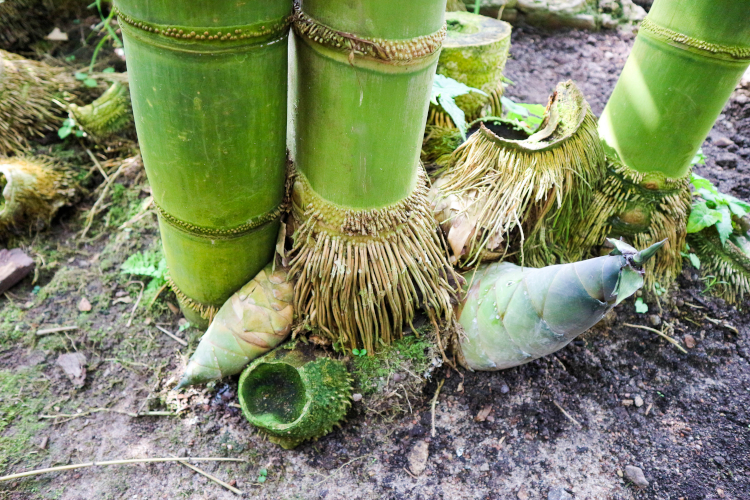
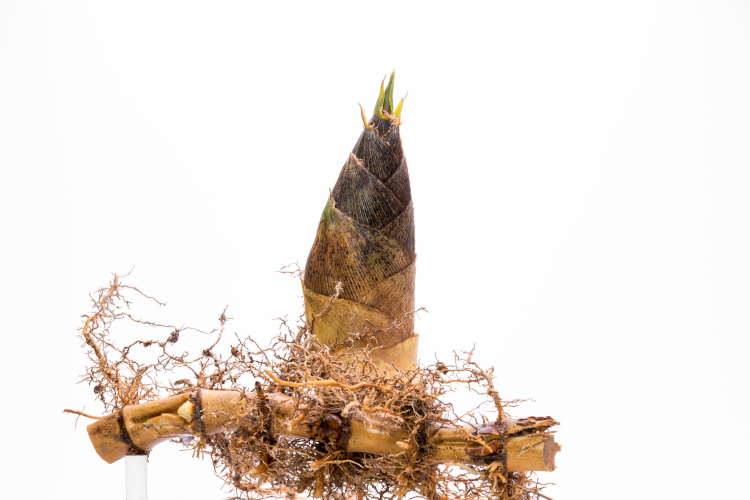

What are the risks of Bamboo?
As the rhizomes from running bamboo can travel up to 30 metres and can propagate new plants as it develops it has the potential to infest all neighboring land causing damage to hard surfaces such as asphalt, driveways and patio areas.
Bamboo rhizomes are shallow in depth and are cold hardy meaning they will stay green and leafy down to about zero degrees. There are running varieties that will stay hardy down to -15 or even -20 degrees.
How can Bamboo be controlled?
Attempts to control bamboo via the application of a targeted herbicide tend to fail due to the cell structure of the leaf making it difficult for the herbicides to be effectively transferred to the rhizomes.



This leaves us with three viable options to eradicate and control the problem:
Energy Depletion Control
Using this method, Inspectas Land Remediation would look to cut back all visible canes to ground level before the development of a new leaf appears. This helps prevent photosynthesis through their leaves and is repeated for 5 years in the hope that the energy reserves in the rhizomes are sufficiently exhausted so as not to propagate new plants and prevent further spread of the problem.
Whilst this is a cost-effective solution it takes many years to deplete the energy from the rhizomes, but it should be highlighted that it does not prevent neighbouring infestations from developing on your land or property.
Dig and Dump
The most effective and instant solution to deal with running bamboo is to excavate and remove all plants and their associated rhizomes.
Using this method all waste material is disposed of in line with our Waste Carriers License and is transferred to a registered landfill site. Inspectas Land Remediation have specialist in-house operatives to conduct the works and provide all plant machinery and can install vertical root barrier membranes that prevent any neighbouring issues from re-infecting our client’s property or land.
This process can be completed in as little as 1 or 2 days.
Root Barrier Membrane Installation
Some clients may wish to keep the bamboo as an ornamental feature as it offers good screening properties when planted responsibly.
In this instance Inspectas Land Remediation can excavate problematic rhizomes from the soil and install a root barrier membrane around the main plants to prevent the spread of the root system.
The plant is effectively contained within a small area with no threat of the rhizomes developing laterally into the garden or into neighbouring land or properties.
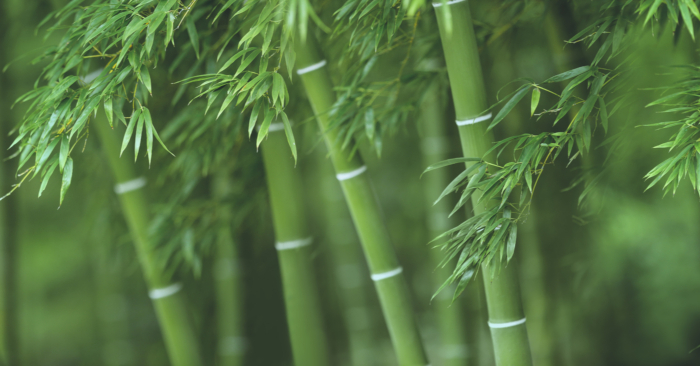
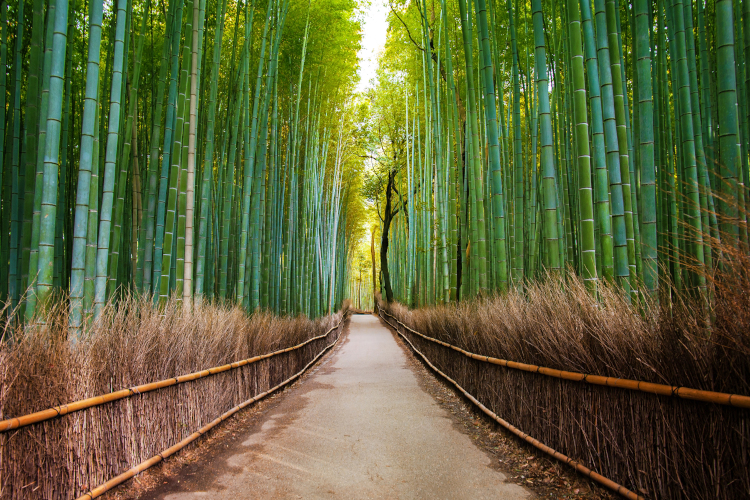
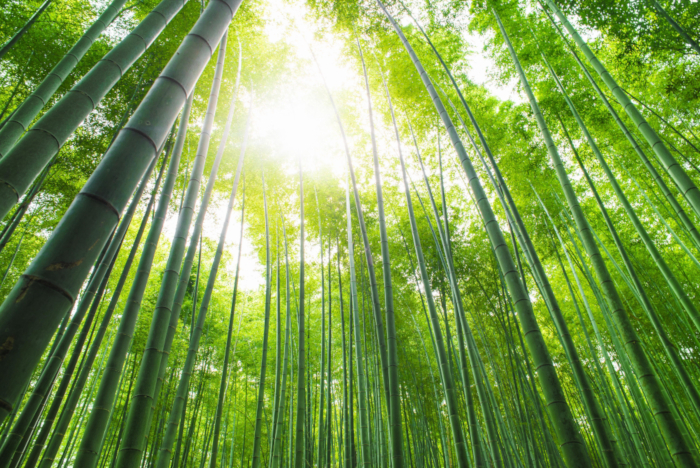
On a final note it is worth discussing the environmental benefit of bamboo. Bamboo forests may be the answer to many of the environmental issues facing our planet. Bamboo reduces pollution by producing upto 35% more oxygen than trees do.
The rhizomes can help create water barriers to combat soil erosion and the plant also consumes vast quantities of nitrogen which helps reduce water pollution. It’s also fully recyclable!











